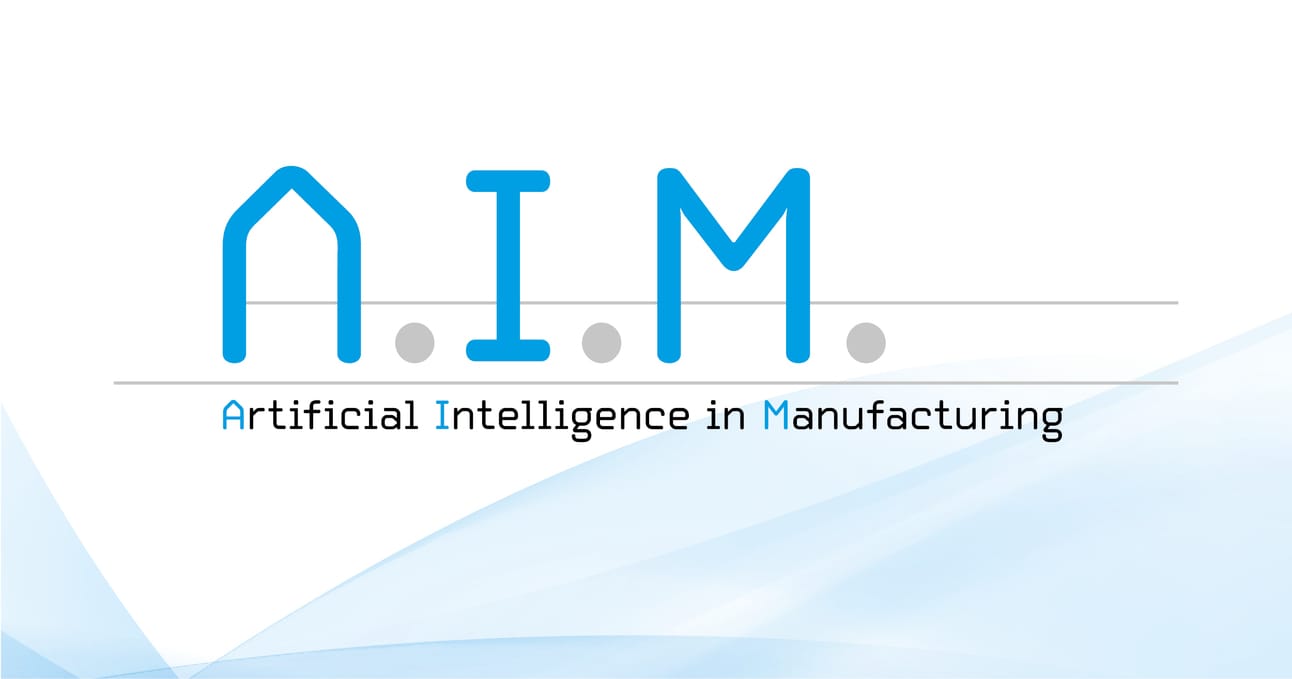- AI in Manufacturing
- Posts
- Siemens and Trumpf Partner on Digital Manufacturing and AI
Siemens and Trumpf Partner on Digital Manufacturing and AI
Plus: Asimov streamlines gene therapy production, UmamiPredict decodes taste with AI, BYD scales EV automation, and MSSC powers up America’s AI-ready workforce, and more!


As AI continues to reshape manufacturing, the conversation is shifting from experimentation to execution. This week, we explore how intelligent systems are redefining production lines, advancing digital collaboration, and even transforming the science behind flavor and medicine.
We begin with a major collaboration in industrial technology that’s bridging the long-standing gap between information and operational systems on the factory floor. By uniting software intelligence with machine precision, this partnership marks an important step toward AI-ready production, where connected systems can adapt in real time and drive new levels of efficiency.
In the pharmaceutical world, a breakthrough in viral vector production promises to make advanced therapies more scalable and reliable. A new stable manufacturing platform eliminates costly variability in gene therapy production, signaling real progress in the move from lab-scale innovation to global treatment access.
Shifting from health to taste, researchers have unveiled an AI model capable of predicting the “umami” profile of molecules, a development that could change how we design food ingredients, flavorings, and nutrition products. Could machine learning soon help us understand flavor as deeply as chemistry itself?
Across the semiconductor sector, sustainability is taking center stage. As AI systems become more energy-intensive, chipmakers are rethinking how to power innovation responsibly, balancing performance demands with greener manufacturing and smarter energy use.
In automotive manufacturing, one of the world’s fastest-growing EV producers is using AI to refine every aspect of its global operations, from supply chain optimization to real-time quality control. The result? A model for how data-driven precision can accelerate both scale and sustainability.
And closer to home, new reports show that AI and machine learning have become the leading tools addressing the U.S. manufacturing labor shortage. From predictive maintenance to worker training, intelligent automation is helping rebuild competitiveness, but are our workforce skills keeping pace?
Together, these stories show that AI is no longer just powering machines, it’s shaping entire industries, driving smarter, more resilient systems across the global manufacturing landscape.
Thanks for reading. As always, feel free to hit reply and share what you’re seeing on your side of the manufacturing world. To stay ahead of the curve in the world of AI in manufacturing, you can follow us on LinkedIn for daily updates and breaking news. Here’s to another week of smart, AI-powered innovation!


